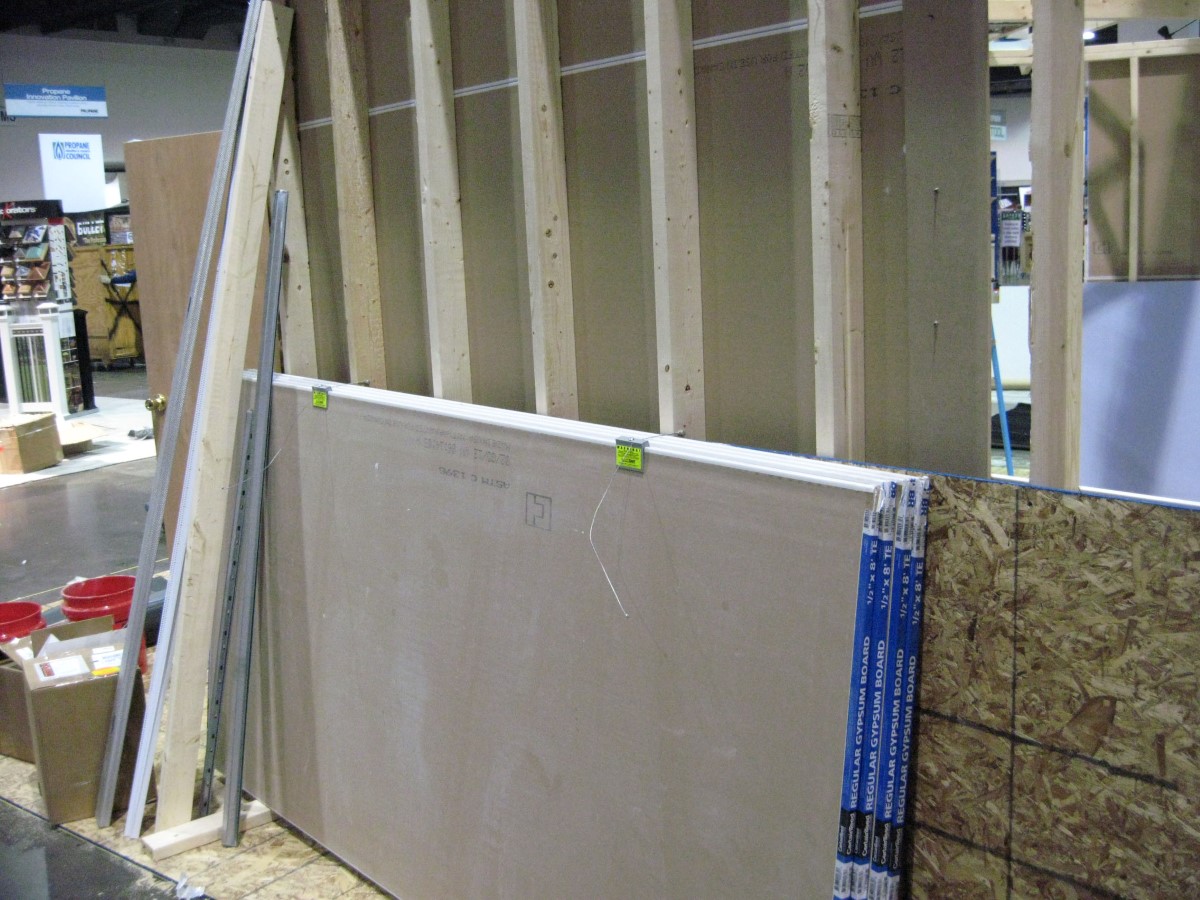

Articles
How To Store Drywall
Modified: August 20, 2024
Learn the best techniques and tips for storing drywall with our informative articles. Ensure your drywall remains in perfect condition for your next project.
(Many of the links in this article redirect to a specific reviewed product. Your purchase of these products through affiliate links helps to generate commission for Storables.com, at no extra cost. Learn more)
Introduction
When it comes to home improvement projects or construction sites, drywall is a common material used for creating walls and ceilings. Whether you are a professional contractor or a DIY enthusiast, it is essential to know how to properly store drywall to ensure its quality and usability.
Drywall is a fragile material that requires careful handling and storage to prevent damage. Improper storage can lead to dents, cracks, and warping, making the drywall ineffective and unsightly. Additionally, exposure to moisture can cause mold and mildew growth, further compromising the integrity of the drywall.
In this article, we will guide you through the process of storing drywall efficiently and effectively. We will cover essential steps such as choosing the right storage area, preparing the drywall for storage, proper stacking and organizing techniques, protecting the drywall from moisture and damage, and utilizing racks and shelving for optimal storage. Let’s dive in!
Key Takeaways:
- Properly storing drywall is crucial for maintaining its quality and usability. From choosing the right storage area to implementing efficient storage practices, prioritizing the care of drywall ensures optimal condition for construction projects.
- Understanding the vulnerabilities of drywall and implementing protective measures, such as using racks and shelving, optimize storage space and streamline workflow. Efficient storage practices minimize waste and contribute to successful construction projects.
Read more: How To Remove Drywall
Understanding Drywall Storage
Before we delve into the specifics of how to store drywall, it’s important to understand why proper storage is crucial for maintaining the quality of the material.
Drywall, also known as gypsum board or plasterboard, is composed of a gypsum core sandwiched between layers of paper. As a result, it is susceptible to damage from moisture, impact, and improper handling. Proper storage helps protect the drywall sheets from these potential hazards, ensuring they remain in optimal condition for use.
One of the main challenges in storing drywall is its vulnerability to moisture. Exposure to excessive moisture can cause the gypsum core to absorb water, leading to warping and deterioration. This not only affects the appearance of the drywall but also compromises its structural integrity.
Properly storing drywall also helps maintain its flatness. Drywall sheets that are not stored correctly can develop curves and bends, which can be difficult to rectify during installation. This can result in uneven walls and ceilings, impacting the overall aesthetics of the space.
Furthermore, storing drywall in an organized manner allows for easy access and minimizes the risk of accidental damage. With proper storage techniques, you can prevent the sheets from getting scratched, dented, or broken.
By understanding the importance of drywall storage, you can prioritize the necessary precautions to keep your drywall in optimal condition. In the following sections, we will discuss various aspects of drywall storage and provide practical tips to ensure the longevity and usability of your drywall sheets.
Choosing the Right Storage Area
Selecting the appropriate storage area for your drywall is the first step in ensuring its longevity and usability. Here are some key factors to consider when choosing the right storage space:
1. Climate control: Ideally, the storage area should have climate control capabilities, especially if you live in an area with extreme temperatures or high humidity. Drywall is sensitive to moisture, so it’s essential to keep it in a cool, dry environment to prevent warping or mold growth.
2. Adequate space: Ensure that you have enough space to store your drywall sheets without crowding them. Overcrowding can lead to accidental damage when trying to access the sheets, as well as increased susceptibility to warping from restricted airflow.
3. Clean and dust-free: Choose a storage area that is clean and free from dust and debris. Dust particles can get trapped between the drywall sheets, causing scratches and surface damage.
4. Accessibility: Consider the ease of access to the storage area. It should be accessible by a forklift or other equipment if you are dealing with larger quantities of drywall. Easy accessibility allows for smooth and efficient loading and unloading of the sheets.
5. Protection from the elements: Ensure that the storage area provides protection from direct sunlight, rain, and moisture. Exposure to these elements can damage the drywall sheets, compromising their quality.
If you don’t have a suitable storage area on your property, you may consider renting a climate-controlled storage unit. These units provide an ideal environment for storing drywall, protecting it from extreme temperature fluctuations and moisture.
By selecting the right storage area, you can minimize the risk of damage and ensure that your drywall remains in optimal condition until you’re ready to use it. In the next section, we will discuss the necessary steps to properly prepare your drywall for storage.
Preparing the Drywall for Storage
Before storing your drywall sheets, it’s essential to properly prepare them to ensure their longevity and minimize the risk of damage. Here are some steps to follow:
1. Inspect for damage: Before storing, inspect each drywall sheet for any existing damage such as cracks, dents, or tears. Remove any damaged sheets from the stack to avoid potential problems during installation.
2. Clean the sheets: Dust and debris on the surface of the drywall can lead to scratches and surface damage. Use a soft brush or cloth to gently remove any dirt or dust particles from the sheets, ensuring they are clean before storage.
3. Apply edge protectors: Drywall sheets have vulnerable edges, prone to damage during handling and storage. Apply edge protectors or strips of cardboard along the edges of the sheets to provide extra reinforcement and prevent them from getting chipped or cracked.
4. Bundle the sheets: Bundle the drywall sheets together in manageable groups using plastic or nylon strapping. This helps keep the sheets secure and prevents them from shifting or sliding during storage and transportation.
5. Labeling: It’s a good practice to label each bundle with important information such as the size, type, and date of the drywall sheets. This will make it easier to identify and retrieve the required sheets when needed.
6. Store sheets flat: To prevent warping or sagging, it’s important to store drywall sheets flat. Avoid leaning them against walls or stacking them vertically, as this can lead to unnecessary stress and potential damage to the sheets.
7. Consider the order of use: If you’re storing multiple bundles of drywall, arrange them in a way that ensures easy access to the sheets you will need first. This way, you can avoid disturbing the entire stack when retrieving specific sheets.
By following these preparation steps, you can ensure that your drywall sheets are in the best possible condition for storage. In the next section, we will discuss proper stacking and organizing techniques to maintain the integrity of your drywall sheets.
Stacking and Organizing Drywall Sheets
Proper stacking and organizing of drywall sheets is essential to prevent damage and ensure easy accessibility. Here are some guidelines to follow when stacking and organizing your drywall:
1. Start with a sturdy base: Begin by creating a sturdy base for your drywall stack. Place a pallet or wooden boards on the floor to provide stability and support.
2. Lay the sheets flat: Place the drywall sheets flat on the base, ensuring they are not leaning against walls or each other. Storing the sheets on their edges can lead to warping or sagging over time.
3. Alternate the direction: To maximize stability, alternate the orientation of the drywall sheets in each layer. For example, if the first sheet is placed horizontally, the next sheet should be placed vertically, and so on. This helps distribute the weight evenly and prevents the stack from becoming too top-heavy.
4. Use support strips: Consider using support strips made of lumber or masonite between each layer of drywall sheets. These strips help maintain the flatness of the sheets and prevent them from sagging or bending under their weight.
5. Leave adequate space: Allow for some space between each layer of drywall sheets to promote proper air circulation. This helps prevent the build-up of moisture, reducing the risk of mold or mildew growth.
6. Secure the stack: Use nylon or plastic strapping to secure the drywall stack and prevent sheets from shifting or falling during storage or transportation. Avoid using metal straps, as they can cause damage to the sheets.
7. Create separate stacks: If you have different sizes or types of drywall sheets, consider creating separate stacks for each category. This makes it easier to locate and retrieve specific sheets when needed.
8. Keep a clear pathway: Maintain clear pathways between stacks of drywall sheets to ensure easy access and minimize the risk of accidental damage.
By following these stacking and organizing techniques, you can protect your drywall sheets from damage and make the storage area more efficient. However, it’s important to also implement measures to safeguard the drywall against moisture and other potential sources of damage, as discussed in the next section.
Store drywall in a dry, well-ventilated area, laying flat on a level surface to prevent warping. Keep it off the ground and away from moisture to avoid damage.
Read more: How To Drywall A Basement Ceiling
Protecting Drywall from Moisture and Damage
Moisture and other forms of damage can significantly affect the quality and usability of drywall. Implementing effective protective measures is crucial in ensuring that your drywall remains in optimal condition. Here are some ways to protect your drywall from moisture and other potential sources of damage:
1. Use plastic sheeting: Cover the entire stack of drywall sheets with plastic sheeting to create a barrier against moisture. Ensure that the plastic covers the top, sides, and bottom of the stack, sealing it as much as possible. This helps prevent water or humidity from seeping into the sheets.
2. Maintain proper ventilation: Adequate airflow is crucial for preventing moisture build-up. Ensure that the storage area is well-ventilated, allowing air to circulate freely. This helps prevent condensation and reduces the risk of mold or mildew growth on the drywall sheets.
3. Avoid direct contact with the floor: Elevate the stack of drywall sheets with wooden blocks or pallets to keep them off the floor. This helps prevent moisture from transferring from the ground and onto the sheets.
4. Insulate against temperature extremes: Extreme temperature fluctuations can cause the drywall to expand or contract, leading to warping or cracking. Insulate the storage area to regulate the temperature and minimize the impact of temperature changes on the drywall sheets.
5. Keep the storage area clean: Regularly clean the storage area to remove any dust, debris, or potential contaminants. This helps maintain the cleanliness of the drywall sheets and prevents surface damage during storage and handling.
6. Protect against physical damage: In addition to moisture, it’s important to prevent physical damage to the drywall sheets. Be cautious when moving or stacking the sheets to avoid dents, scratches, or cracks that can compromise their integrity.
7. Monitor the storage environment: Periodically check the storage area for any signs of moisture, such as water stains or mold growth. Address any issues promptly to prevent further damage to the drywall sheets.
By implementing these protective measures, you can safeguard your drywall from moisture and other forms of damage, ensuring its longevity and usability. However, it’s also important to utilize proper storage equipment, such as racks and shelving, to further optimize the storage space, as discussed in the next section.
Using Racks and Shelving for Drywall Storage
Utilizing racks and shelving systems can greatly optimize your drywall storage space while ensuring easy access and organized storage. Here are some tips for effectively using racks and shelving for your drywall storage:
1. Choose the right racks: Select racks or shelving units that are specifically designed for storing drywall. These racks should have sturdy construction and be able to support the weight of the drywall sheets without sagging or collapsing.
2. Consider the weight capacity: Ensure that the racks or shelves you choose can handle the weight of the drywall sheets. Check the weight capacity rating of the racks and distribute the weight evenly across the shelves to prevent any instability.
3. Opt for adjustable shelves: Adjustable shelves provide flexibility and allow you to customize the spacing between shelves according to the height of your drywall sheets. This makes it easier to store different sizes of drywall and optimize the use of the available space.
4. Utilize vertical space: Make the most of the vertical space in your storage area by utilizing tall racks or shelving systems. This helps maximize your storage capacity, especially when dealing with larger quantities of drywall.
5. Stabilize the racks: Ensure that the racks or shelving units are securely fastened to the wall or floor to prevent any accidental tipping. This provides additional stability and safety, especially in areas with high foot traffic or potential movement.
6. Label the shelves: Use labels or tags to clearly mark each shelf according to the size or type of drywall stored on it. This makes it easier to locate and retrieve specific sheets when needed, reducing the time and effort required for searching.
7. Regular maintenance: Regularly inspect the racks and shelving units for any signs of damage or wear. Repair or replace any damaged components to ensure the stability and safety of the drywall storage area.
8. Consider roll-out racks: For larger storage areas, consider using roll-out racks that allow you to easily slide out the entire stack of drywall sheets for convenient access. This eliminates the need to manually move multiple sheets to reach the desired one.
By utilizing racks and shelving systems, you can optimize your drywall storage space, improve accessibility, and maintain a well-organized storage area. In the next section, we will provide additional tips for efficient drywall storage to further enhance your storage practices.
Tips for Efficient Drywall Storage
Efficient drywall storage not only ensures the preservation and accessibility of your drywall sheets but also streamlines your workflow. Here are some additional tips to enhance the efficiency of your drywall storage:
1. FIFO method: Implement the “First In, First Out” (FIFO) method for rotating your drywall inventory. By using the oldest sheets first, you can prevent the sheets from sitting idle for an extended period and minimize the risk of them becoming damaged or outdated.
2. Regular inventory checks: Conduct regular inventory checks to keep track of your drywall stock. This helps you monitor the quantity, types, and condition of the sheets, allowing you to plan your projects more effectively and avoid any shortages or wastage.
3. Maintain a well-organized storage system: Invest time in organizing your drywall storage area meticulously. Keep different sizes, types, and batches of drywall sheets separate and clearly labeled for easy identification and retrieval.
4. Consider vertical storage: If space allows, consider utilizing the vertical storage potential of your storage area. Vertical racks or shelves can maximize storage capacity, especially if you have limited floor space.
5. Keep an inventory log: Maintain a detailed inventory log that tracks the quantity, sizes, and dates of your drywall sheets. This log serves as a reference for future projects and helps with material planning and reordering.
6. Implement a barcode or labeling system: Use barcode labels or a well-organized labeling system to streamline inventory management. This facilitates efficient tracking and identification of specific drywall sheets when needed.
7. Regular cleaning and maintenance: Clean and maintain your drywall storage area regularly to keep it organized and free from dust and debris. Check for any signs of pests or moisture and address these issues promptly to prevent damage to the drywall sheets.
8. Train employees on storage protocols: If you have a team or employees responsible for managing the drywall storage area, ensure they are trained on proper storage protocols. This includes handling, stacking, and maintaining cleanliness to minimize the risk of damage to the sheets.
By implementing these tips for efficient drywall storage, you can enhance the overall productivity of your construction projects and ensure that your drywall sheets are readily accessible and in the best possible condition.
Conclusion
Properly storing drywall is essential to maintain its quality, usability, and longevity. By following the guidelines outlined in this article, you can ensure that your drywall remains in optimal condition for your construction projects. From choosing the right storage area and preparing the sheets to stacking, organizing, and protecting them, each step plays a crucial role in preserving the integrity of the drywall.
Understanding the vulnerabilities of drywall, such as its sensitivity to moisture and physical damage, allows you to take the necessary precautions to protect it. Utilizing racks and shelving systems optimizes your storage space, improves accessibility, and keeps your drywall sheets organized. Additionally, efficient storage practices like implementing the FIFO method, conducting regular inventory checks, and maintaining a well-organized storage system contribute to streamlining your workflow and minimizing waste.
Remember to keep your drywall sheets clean, inspect them for any damage before storage, and apply edge protectors to reinforce their vulnerable edges. Proper airflow, moisture control, and insulation in the storage area help prevent warping, mold growth, and other potential issues. Regular maintenance and monitoring of the storage environment are necessary to ensure the continued safety and quality of the drywall.
By prioritizing the proper storage and care of your drywall, you can avoid unnecessary costs and delays in your construction projects. Whether you are a professional contractor or a DIY enthusiast, implementing these storage techniques will enable you to optimize your drywall usage and achieve successful results.
So, the next time you embark on a construction project or have drywall in need of storage, remember the importance of storing drywall correctly. By investing time and effort into the storage process, you can ensure that your drywall is protected, accessible, and ready for use when you need it most.
Frequently Asked Questions about How To Store Drywall
Was this page helpful?
At Storables.com, we guarantee accurate and reliable information. Our content, validated by Expert Board Contributors, is crafted following stringent Editorial Policies. We're committed to providing you with well-researched, expert-backed insights for all your informational needs.



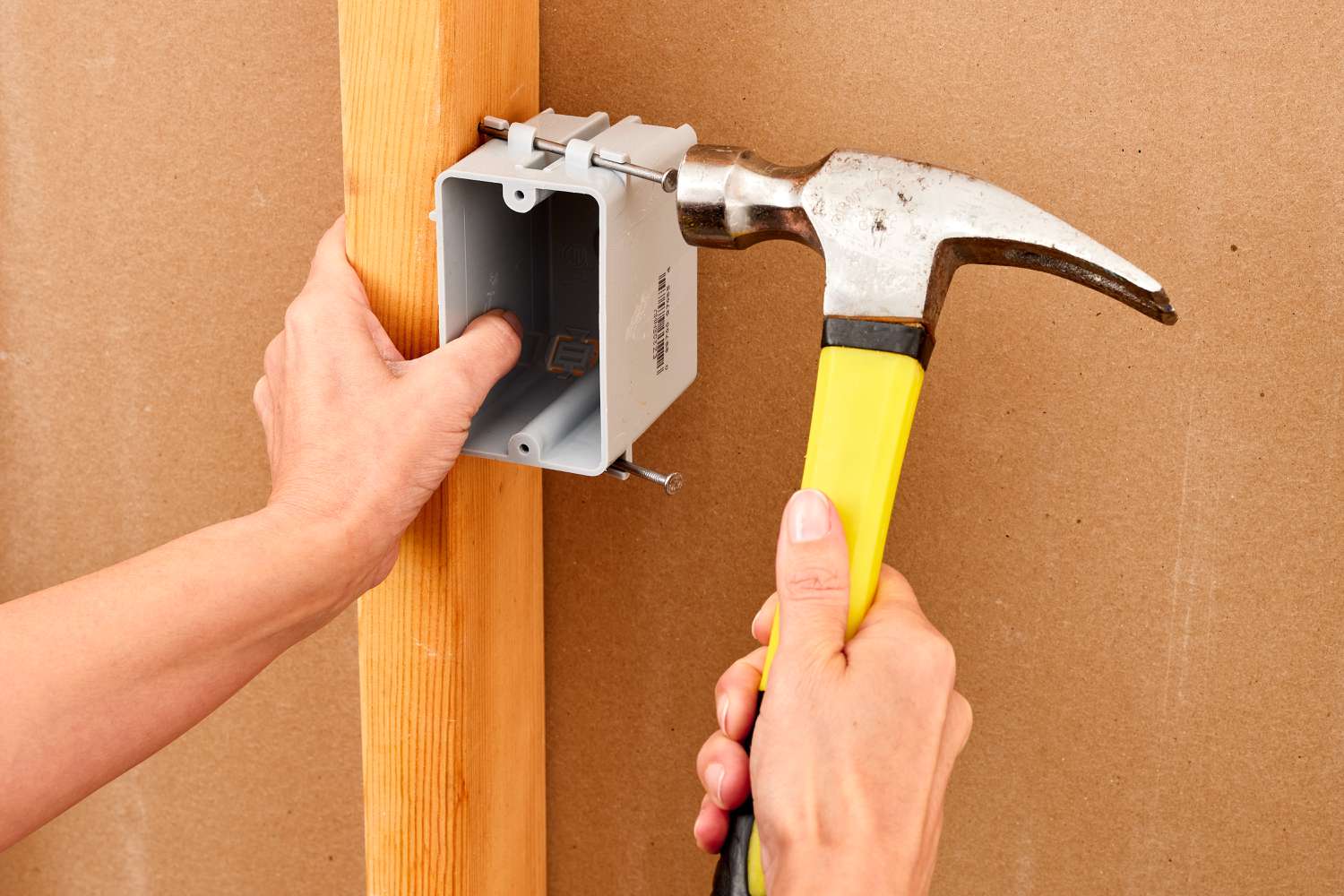

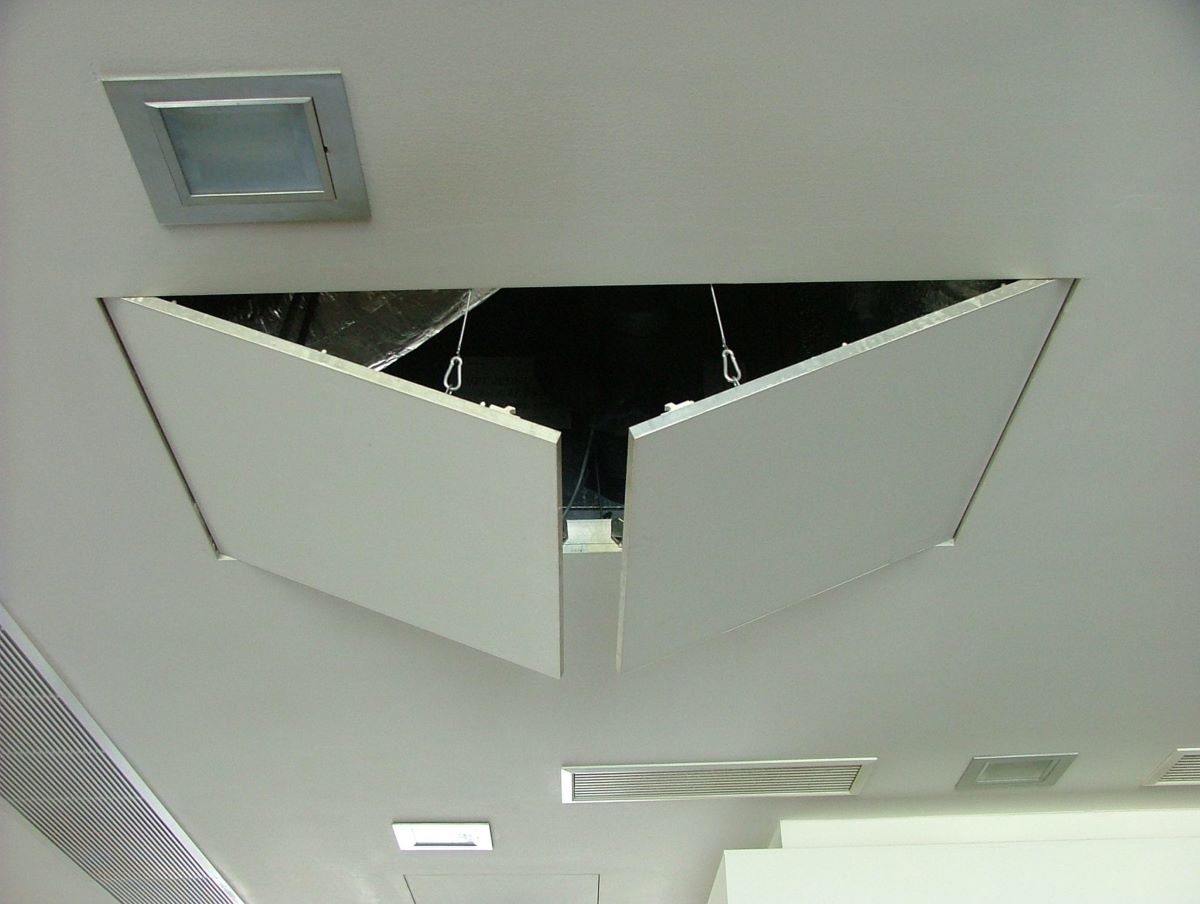





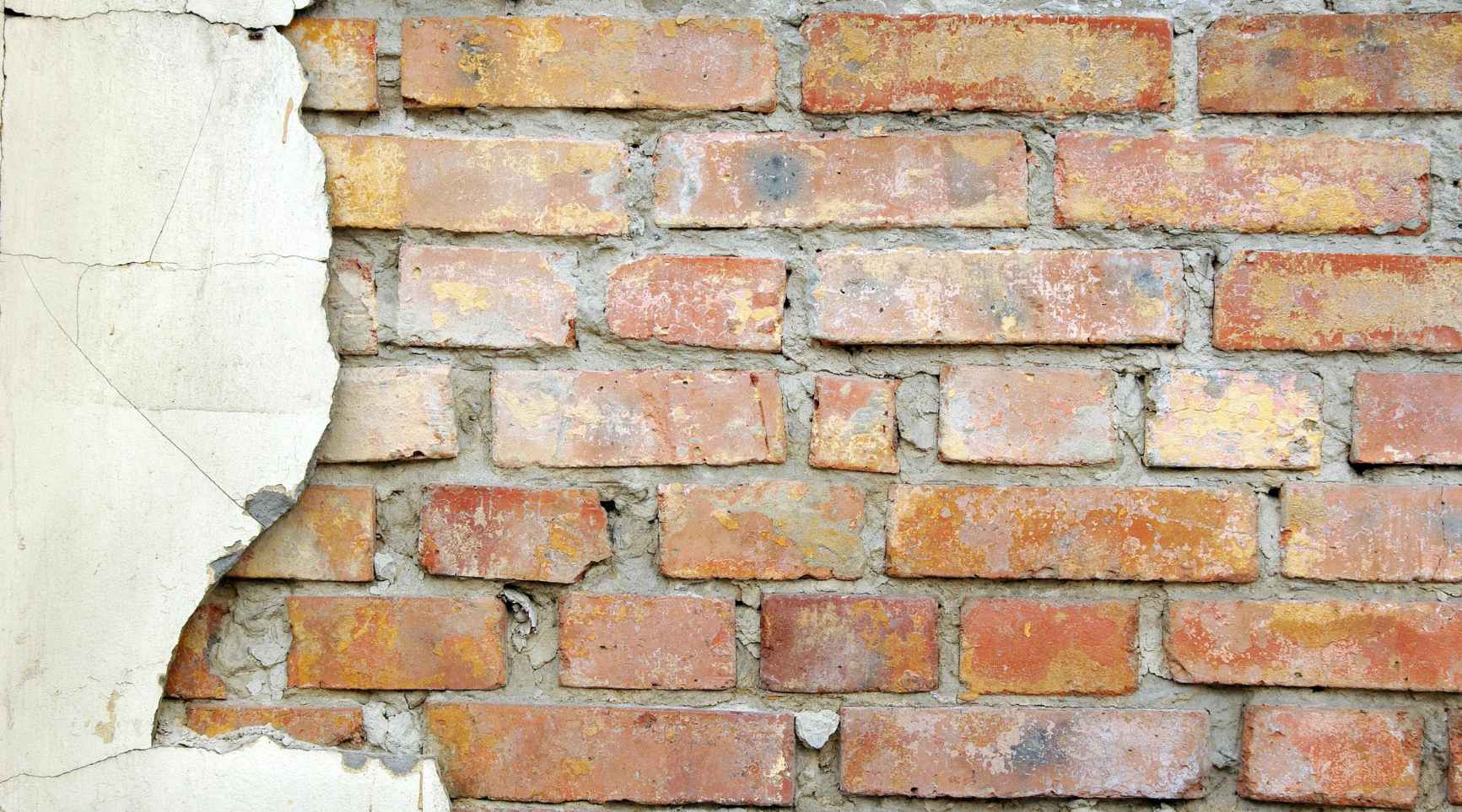

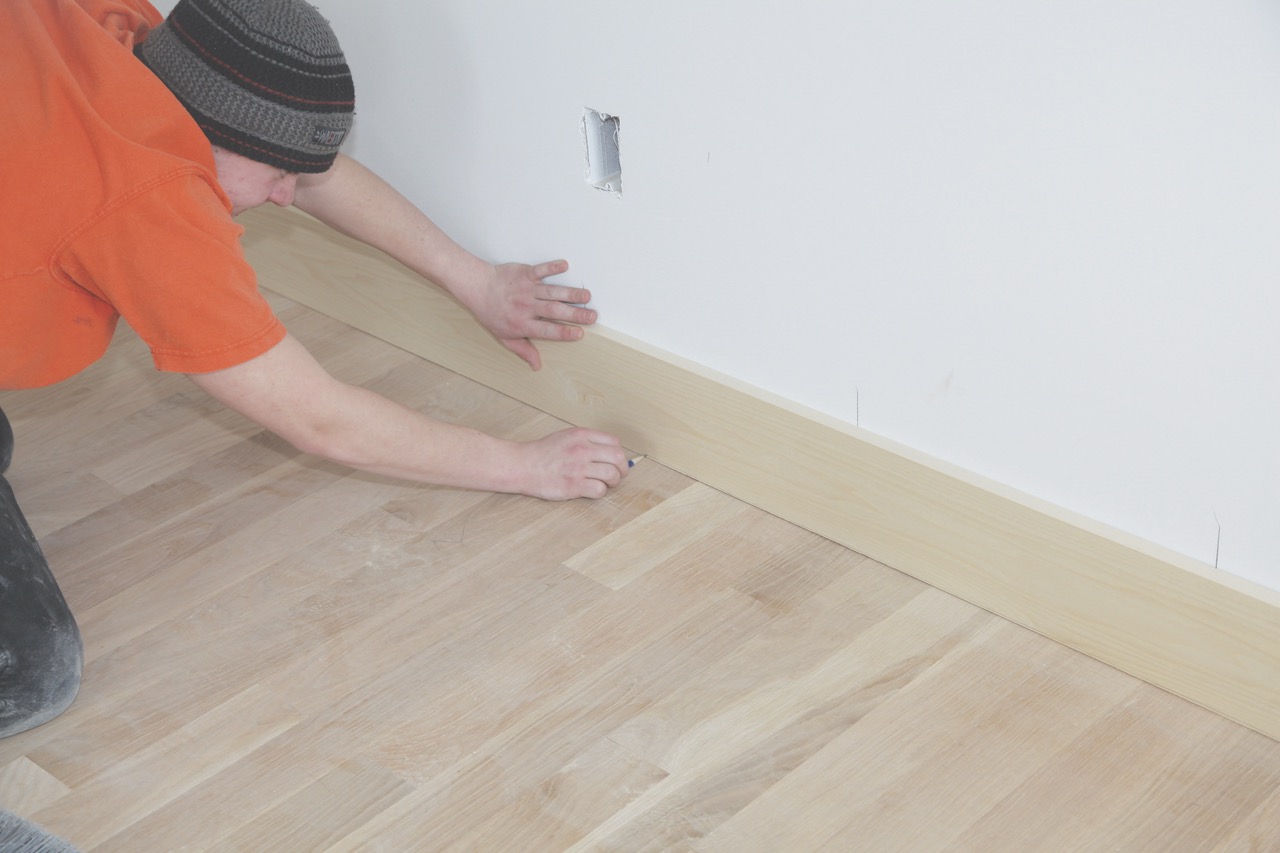

0 thoughts on “How To Store Drywall”